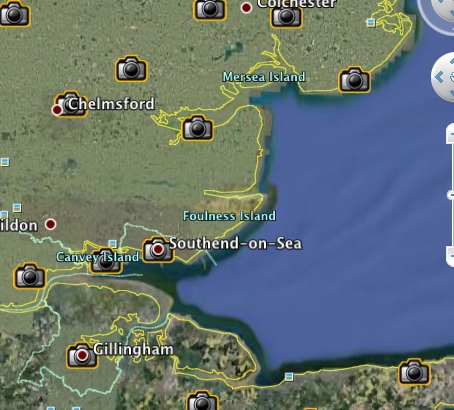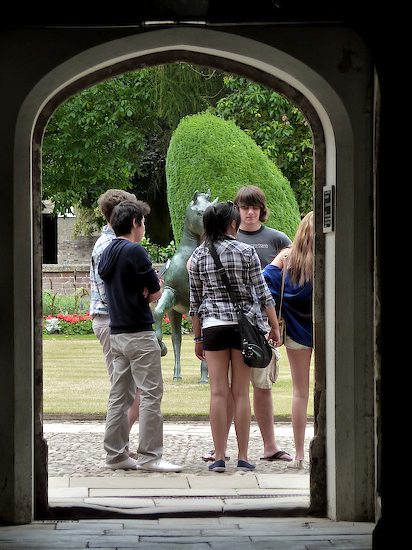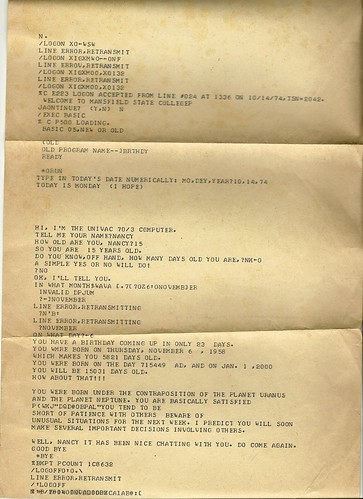This is a topic that is much on what might loosely be called my mind, because it plays a significant role in my upcoming book. So it’s not surprising that I was struck by George Dyson’s intriguing answer to the question:
In the North Pacific Ocean, there were two approaches to boatbuilding. The Aleuts (and their kayak-building relatives) lived on barren, treeless islands and built their vessels by piecing together skeletal frameworks from fragments of beach-combed wood. The Tlingit (and their dugout canoe-building relatives) built their vessels by selecting entire trees out of the rainforest and removing wood until there was nothing left but a canoe.
The Aleut and the Tlingit achieved similar results—maximum boat/minimum material—by opposite means. The flood of information unleashed by the Internet has produced a similar cultural split. We used to be kayak builders, collecting all available fragments of information to assemble the framework that kept us afloat. Now, we have to learn to become dugout-canoe builders, discarding unnecessary information to reveal the shape of knowledge hidden within.
I was a hardened kayak builder, trained to collect every available stick. I resent having to learn the new skills. But those who don’t will be left paddling logs, not canoes.
[Source]






